My Three Times Great Grandparents, Janet Swanston, William Lewins and their families.
Hello, welcome back, hope you enjoyed part one of William and Janet’s story. Now to pick up where we left off.
As you might recall, I mentioned that I had been on to the British Newspaper Archive and found some information pertaining to Janet, William and the family. My intention for this next section is to mix these articles in with the usual Scotland’s People finds when I’m lucky enough to come across them.
First off, let’s get the tragedy out of the way. 1871, Janet loses her mother to Palsy on the 10th of February, she is 78 years old.

A couple of things that are really exciting about this particular certificate, first, is that it appears to have John Swanston’s signature on it. That is Janet’s father, my 4x Great Grandfather.

The second exciting piece of information, it confirms the name of my 5x Great Grandfather, David Smith, but sadly not his wife’s name. Thirdly, it gives his occupation as a foreman at a coal pit. I know, it somehow feels wrong to be excited about someone’s death certificate, but in terms of my family’s history, it is a winner. I hope I can find something out about the pit he worked in, but I suspect it is going to be too long ago. I’m recalling that on the Lamberton Shields ordnance map in part one of this story there was a coal mine on the east coast there. Will have to see what I can dig up. Sorry, the Dad humour is strong in me.
I have done a bit of a quick search on David Smith by looking for birth registrations for Janet Smith. Remember we have to work backwards. I might have found a registration that fits with what we know.

Because the death registration (Figure 1) doesn’t have Janet’s mother’s name, I can’t be certain, but I’m liking this one above. Haddington the place where her birth is registered is only 28 miles northwest of Fairlaw where Janet lived most of her life. To put it into some historical context, Janet is born just seven years after Captain Arthur Phillip and the First Fleet invaded the indigenous southern continent I now live on.
I’m going to welcome Jean Barrie to the tree until I find information to the contrary. This ancient bit of scribble also potentially confirms Janet’s Grandfather’s name as well, David Smith SNR. Oh, to be able to confirm it.
That bit of information to the contrary may have just revealed itself. Damn it was quick. After saying all this I just found another registration that might fit even better.
This is for Janet Smith born on 7th March 1792 in Kelso. Kelso is 25 miles south of Fairlaw and 10 miles west of Coldstream where my 2x Great Grandmother is born. This date of birth also fits with the age on Janet’s death registration. If Janet was born in March 1792 this means in February 1871 she would be 78, the age noted on the death registration. If these are the correct details she wouldn’t turn 79 till the March of that year. Again so close but no certainty.

Again a potential 6x Great Grandfather listed as a witness. Oh, I’m liking this find even more. I found marriage banns proclamations for David Smith and Margaret Cairns, in his local parish of Kelso and Margaret’s local parish of Eckford in 1791.


I might have to hold off on Jean Barrie’s welcome to the tree, I think Margaret Cairns is a better fit. Genealogists would probably be rolling their collective eyes at my lack of formal analysis and just going with my gut, but an amateur at best here. Also, the other reason I’m liking the Margaret Cairns link? Margaret’s parish of Eckford is four miles east of Nisbet, which is significant.
Nisbet Hill is the place that Janet and John are living in when she passes away and the one thing I can be certain of as it is written on her death registration (Figure 1). Just wish I could find that written link with Margaret Cairns and Janet confirming that she is her mother.
I did find a map on the National Library of Scotland site and also some wonderful handwritten Ordnance Survey Descriptions again relating to Nisbet Hill. Check out the slideshow below.
Slideshow 1: Nisbet Hill & Pathead Cottages
Just to remind you, this is my 2x Great Grandmother, Janet’s mother, Janet. Confusing much?
So her mum passes away in February and then the next marker for us is the 1871 census which occurs on Sunday the 2nd April. I found John who is now a widower of only two months, and he is still living at Nisbet Hill and look who is with him.

Figure 4: Courtesy of Scotland’s People
His daughter Margaret, (who is married to Alexander Haldane), and his grandchildren. Notice it confirms that they are at the farm at Nisbet Hill above. The other interesting thing to note is that the family above them on the census are the Pringles. This is the name of the man written in the Ordnance Descriptions in the above slideshow, who the farm is tenanted to. All fits nicely.
I found Nisbet Hill on Google Maps and some of these buildings look like they have been there for over 150 years and potentially one’s the family would have used.

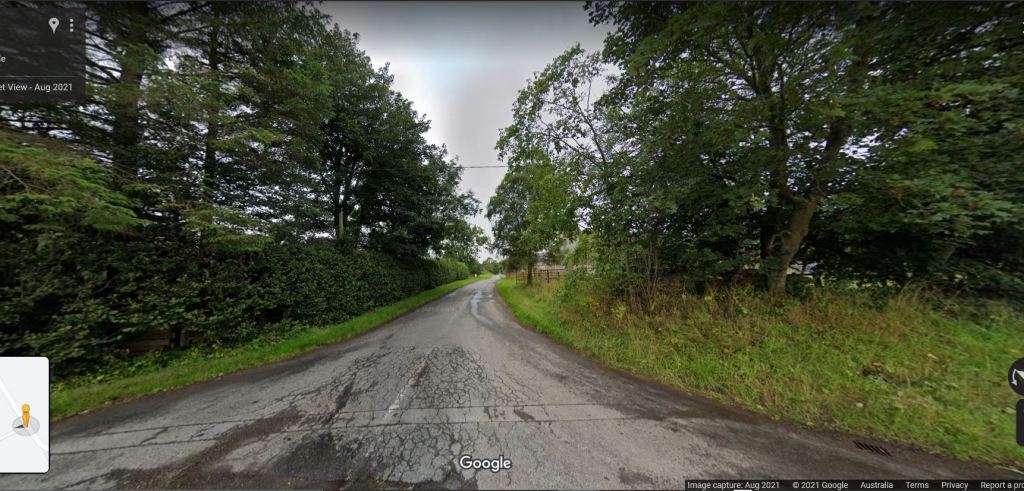




Nisbet Hill
Gallery 1: Courtesy of Google Maps
The next life event to happen, Janet loses her dad. John passes away nearly three years after his wife and I’m so lucky to have found this small mention on the British Newspaper Archive.

This one line from the Berwick Advertiser is very special, considering its brevity, for the content it shares. John’s name, his occupation, where he worked and his age at the time of his death. It also serves as a stark highlight of the difference in men and women of the time, in my opinion.
In comparison to his wife, Janet, there is not one word written about her passing, his wife of fifty-eight years. I even looked for hours trawling through the British Newspaper Archive for the two months after her date of death, nothing.
Scotland’s People delivered with a death registration for John. He was living at East Gordon at the time, and I’m assuming here that he is living with his daughter Jane and her family as it is her husband James Purves who witnesses the registration.

Hold up again, I’m not sure my assumption is correct here. I found the 1871 census for the Purves family, and they are living in a farm village called Fairnington it is about 18 miles from East Gordon.

Figure 7: Courtesy of Scotland’s People
I found the farm still going and what looks like could have been the cottages the family were living in.


Gallery 2: Fairnington Farm
I also found East Gordon, which itself is a farm village about 20 miles west of Nisbet Hill where John was living at the time of Janet’s death with his other daughter Margaret and her family.
East Gordon appears in detail on the Blackadder map which I have attached below. It, too, appears as though original buildings have survived. Google Map snaps below as well.

Slideshow 1a: East Gordon
Back to John’s death registration (Figure 6) It shows another set of 5 x Great Grandparents, I mean, I’m being greedy now. The only issue I can see is that John’s mother’s name listed on the registration here is exactly the same as his wife’s. Janet Swanston, the maiden name Smith. That just seems too much of a coincidence. I have done a quick delve into Scotland’s People and I can’t find a match of Andrew Swanston and Janet smith, so my hunch may be right.
I found a birth registration for John and I think this might be the correct combination.

Figure 9: Courtesy of Scotland’s People
How is that no mother’s name at all? You can see it is the same for the other entries of the page as well. I did a marriage search for an Andrew Swanston and came up with this entry.

Once again, we are at that same point where I can’t be certain of these facts, but they are tantalisingly close. The dates fit with what we know and would expect for the marriage timeframe for his parents. 1776 is fifteen years before John’s birth registration, and this fits with the age for John on his death registration.
Not having his mother’s name listed is so frustrating and denies us the chance of confirmation. His father’s occupation, a “hind”, fits well with how he is described on the census as a general labourer.
Hind is a very interesting archaic Scottish term. We have already seen it on a few registration forms so far, and of course, the cottages that the Purves’s are living in, on their 1871 census are called “… Hind Cottages.” According to Lexico.com it refers to a “…skilled farmworker, usually married and tied to a house.” It also provides other meanings such as “steward or bailiff” Exactly how John was described in his death notice. https://www.lexico.com/definition/hind
After that slight detour up the tree, let’s head back down again to Janet and William.
The British Newspaper Archives had a fascinating article on, what I can only imagine must have been a very traumatic experience for Janet, William and the whole family. A fire at Kinnaird castle. The article doesn’t mention them by name, but certainly, it mentions all the household staff being involved in battling the fire. William, being the Park Keeper, I would imagine would have been in the thick of things. The article is a fascinating read.
Slideshow 2: Courtesy of British Newspaper Archive
Next, 1875 was a particularly tragic year for Janet and William. They lose two of their children to diphtheria, their daughter Laura who was two and a half and their son John, almost nine. Heartachingly, John and Laura’s registrations appear on the same page of the ledger book. William registers Laura’s death on the 10th March, and seven days later he is back registering John’s. As a father, I cannot imagine how incredibly hard that must have been for William and Janet.


After all that tragedy here is just a random bit of everyday happening that I could imagine seeing on a local community Facebook page of today. It relates to William’s brother, George.

Another bit of family information just put out there. A birth notice for one of George and his wife, Darling’s, daughters. A cousin of Janet, my 2x Great Grandmother. Her name was Euphemia Isabella Lewins, and what a name it was.

Next, we have a snippet of information on my 2x Great Grandmother Janet Constance. She has secured a new position as a Governess after serving 5 years as a student-teacher at Farnell Public School. She and her parents must have been so proud to read this when it was published. I do hope they got to see it.
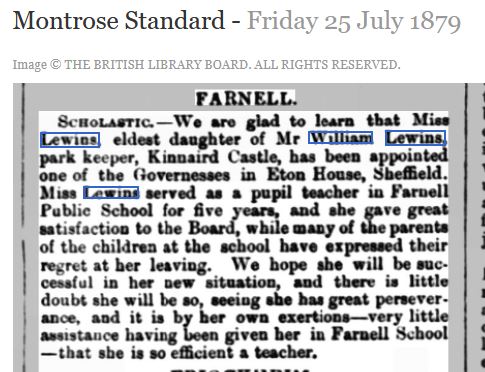
What a wonderfully personal insight into Janet’s character and her history. Just to remind you, Janet is the subject of my previous post recounting among other things, her second marriage to Edmund O’Connor. Her first marriage was to my 2x Great Grandfather, George Wallace Nicoll, who makes an appearance very shortly.
From the article, let me go to Farnell School first. Five years of service there, this means Janet, started in 1874 when she was just 14 years of age. As it happens, Farnell is about a mile and a half down the road from Deer Park Cottage, where Janet is living with her family.

Figure 15: Courtesy of the National Library of Scotland
It’s a little blurry in the image above, but the cottage is at the top of the image and the school is at the bottom. Here is a clear close-up of the village of Farnell.

The school, like so many other examples in this story, is still standing today. Before the 2020 worldwide pandemic hit, it was a successful café. I think the lockdowns may have affected their business, as I cannot find any current reviews for the café after 2019.
Still, going to visit when we can. I mean 1874, and to be able to touch the very building Janet worked in over 150 years ago.
Slideshow 3: Farnell Public School
I was trying to imagine what Janet might have looked like at this stage in her life, working as a teacher. I came across this painting below that I think would fit that image wonderfully. There was no citation for this particular painting, but I came across it on the picture-sharing website Alamy. It was provided to them by an entity called the North Wind Picture Archive. It depicts a young teacher being interviewed by the school board in 1875, exactly the same time as Janet’s experiences in this article (Figure 14).

https://www.northwindprints.com/
After reading the article about Janet and then finding this painting, it’s almost like I’m looking at a picture of her. This really brings her to life.
Now to Janet’s new position at Eton House, Sheffield, not be confused with Eton College. Eton House was a Collegiate school in Wilkinson Street, Sheffield. It took a few hours of searching to try and confirm its exact location, but I eventually did it. Picture Sheffield, thank you for sharing this wonderfully detailed map.
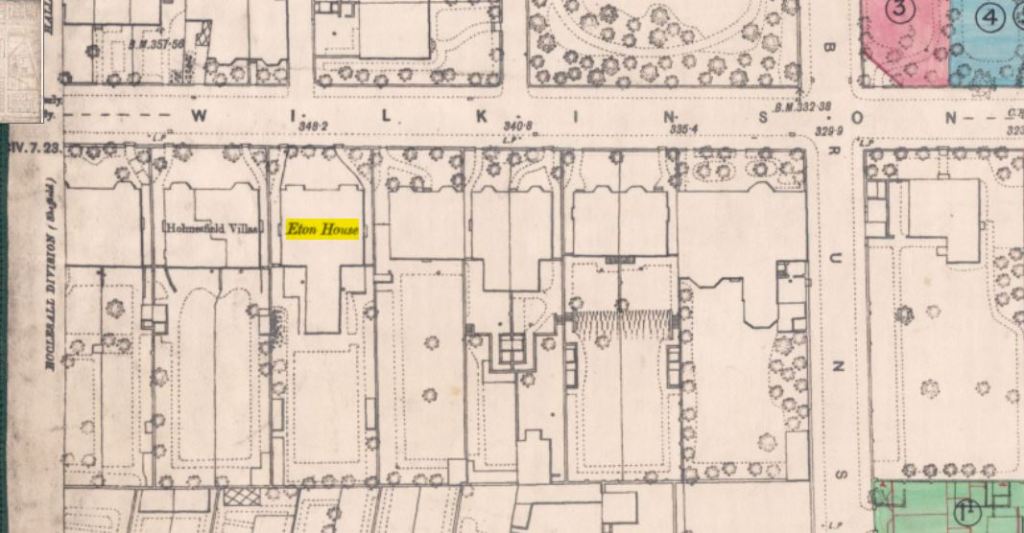
https://www.picturesheffield.com/frontend.php?action=printdetails&keywords=Ref_No_increment;EQUALS;q00001&prevUrl=
This level of detail allowed me to pinpoint Eton House on Google Maps today. I marked its position on the street with the yellow highlighter. I think it may be the same building just with a new render. The gate bollard certainly looks like it could be from the era, what a shame it isn’t whole. (Quick reminder, this is a gallery, click on the picture, and it will open up the whole image.)

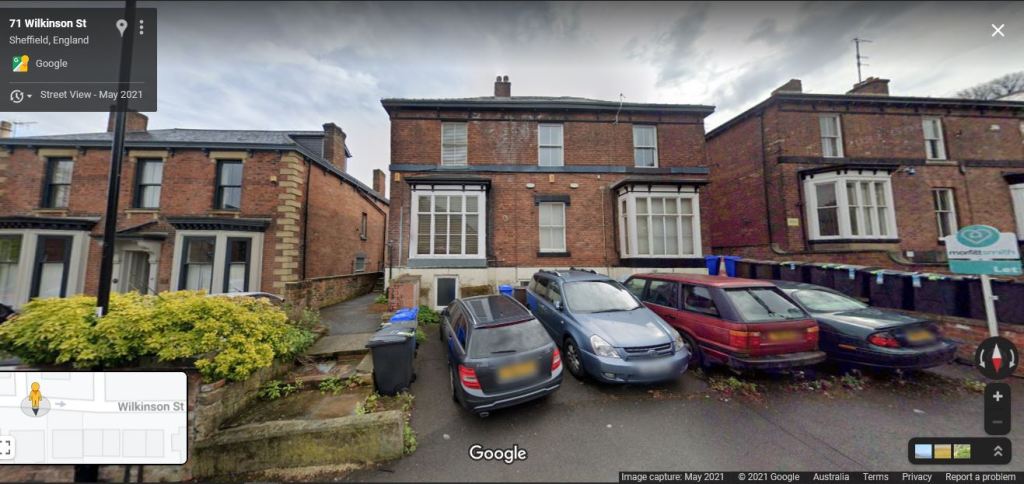


Gallery 1: All images courtesy of Google Maps
I can find no records still existing that pertain to Janet and her time here, but I did find a reference to Eton House in a guide of schools for Women and Girls, but only for those from an upper-middle-class background though. I also came across a random passage about the school in a biography of James Stuart Blackton, who is reputed to be the man that created the studio system in old-time Hollywood.
Slideshow 4: Supporting information on Eton House
And I just had to share my favourite part in the whole thing, that the principal who was running the school was called, Mrs. Charity Bottom. What a name!
This brings us up to the night of Sunday the 3rd of April 1881, the next census.
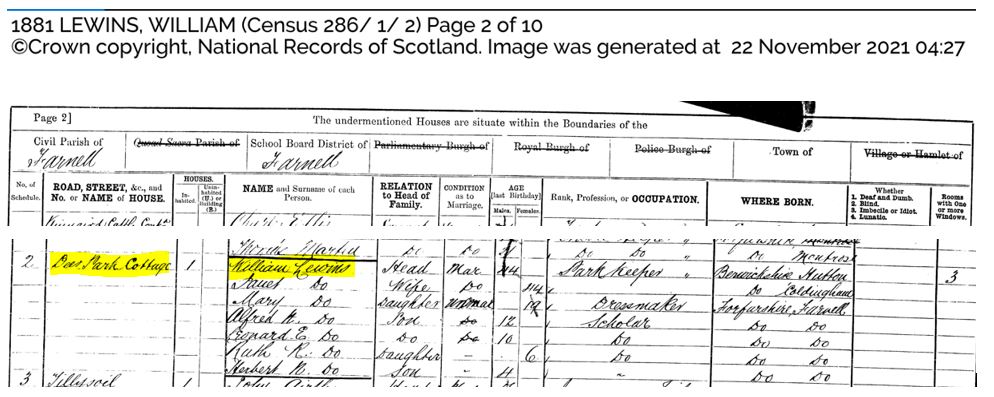
Figure 19: Courtesy of Scotland’s People
The last of Janet and William’s children have been born with the arrival of Herbert. My 2x Great Grandmother Janet is gone, which we would have expected as Sheffield, where she was working at Eton House from July 1879 is 300 miles south of Kinnaird.
I did find Janet in the census, and surprisingly she is not in Sheffield. I’m not sure how long the position lasted at Eton House, but here she is working as a teacher at Battle Hill Ladies Seminary. Maybe Mrs. Bottom proved too much of a Dickensian nemesis.

Figure 20: Courtesy of Scotland’s People
This proved to be an absolute brick wall. Nothing was coming up on the WWW, for Battle Hill Ladies Seminary. I tried every trick in the book of searching. Then I noticed the entry above Janet and shifted to the schoolmistress, Elizabeth Alexander, still nada. I took out her first name and just searched Alexander and Hexham and after about 30 mins of trawling, bazinga!
I’m not sure when it first started up, but obviously, the seminary had been operating for a while even by the time Janet joins the staff, especially when you look at the date on this next article.



The name of the school changes to Battlehurst with the departure of Mrs. Alexander.
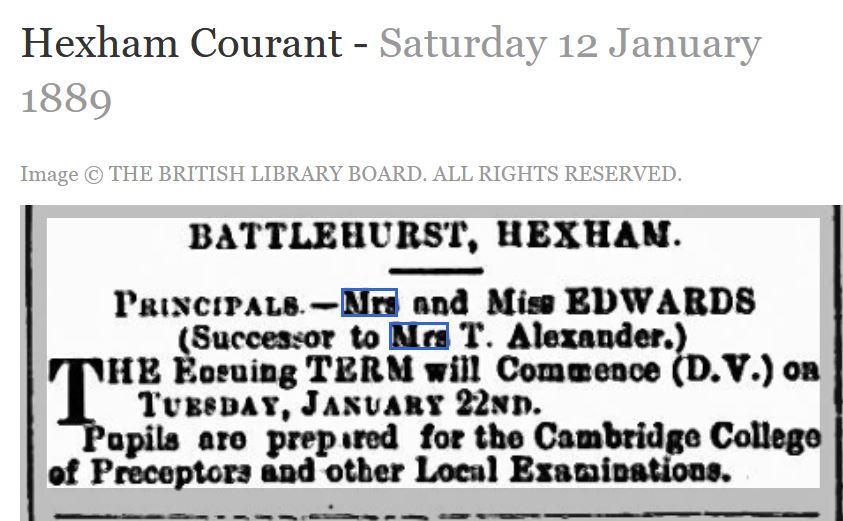
To find an article like this one above that specifically mentions the new principals as the successor to Mrs. Alexander is so lucky. If that one word wasn’t there followed by Mrs. Alexander’s name, we wouldn’t know.
That was it. I could find no record of Janet’s time there, and I couldn’t find an exact street address for the school like I did with Eton House. The closest we can get is to say it was situated in Battle Hill somewhere.
This is an ordnance map of 1888 which gives us an idea of where it was. Battle Hill is the section of road in the middle of the map there.

https://www.archiuk.com//cgi-bin/build_nls_historic_map.pl?search_location=,%20Hexham,%20Northumberland&latitude=54.970568&longitude=-2.110877&password=freesearch@freesearch.com&widgets=1
I can’t believe it again, another last-minute find. I was just about to shut down this line of inquiry and I happened to see something about a Mrs. Alexander come up in one of the search results. It turned out to be an online message from another person searching for details of the school. It was an old message, from 2019. That didn’t stop me though, I sent off a reply to their inquiry. You never know.

https://www.hexhamhistorian.org/forums/topic/mrs-alexanders-school/
Since I sent this email it has been a solid couple of weeks of work on this post for me. In that time, I haven’t received one bite to my message above. Judy Greenway had either given up the chase or found her pot of family info gold somewhere else. I did however find an email address for the Hexham Historical Society that hosted the above message board and shot them a message and within 48 hours received a very detailed reply from one of their webmasters, Peter Lee.
Slideshow 5: Email contact with Hexham Local History Society
This of course was wonderful, to have those few scant details confirmed. I jumped onto the photographic galleries that Peter suggested, I was down that rabbit hole for a few hours.
I actually had found the map that Peter suggested in my searches, which was a little blurry and didn’t have as many details listed on it. I did however find this much clearer map, below, of the area from 1922. I have highlighted what I think was Battle Hill Terrace and the site of the school Janet worked at. My reasoning to follow.

https://maps.nls.uk/view/132279860
Note on the map just to the left of where Cattle is typed you can see the word Hotel typed? This is the curved corner building on the right of the photo below. This photo is looking west up to Battle Hill Terrace on the left. This photo is dated 1887, only six years after Janet’s time here. This is an area she would have known very well.

Figure 26: Courtesy of Hexham Local History Society
https://www.hexhamhistorian.org/historic-hexham/photograph-archive/photo-archive-choices/hexham-choices/streets-choices/battle-hill-gallery/
The photo below is looking back down to Cattle Market from the intersection to the left of the highlighted terrace where the word Monument is typed on the map above. The curved building on the left in the photo is the church on the corner of the map. (The Primitive Methodist Church)
You can also see clearly the Presbyterian church next to that in the photo but of course, on the map, you can see it is down from the terrace on the same side of the street as the terrace.

Figure 27: Courtesy of Hexham Local History Society
https://www.hexhamhistorian.org/historic-hexham/photograph-archive/photo-archive-choices/hexham-choices/streets-choices/battle-hill-gallery/
The arched entranceway with the small curved awning is the entrance between the two wings of the terrace as seen on the map. I’m suggesting that the school was somewhere in the two wings of the building.
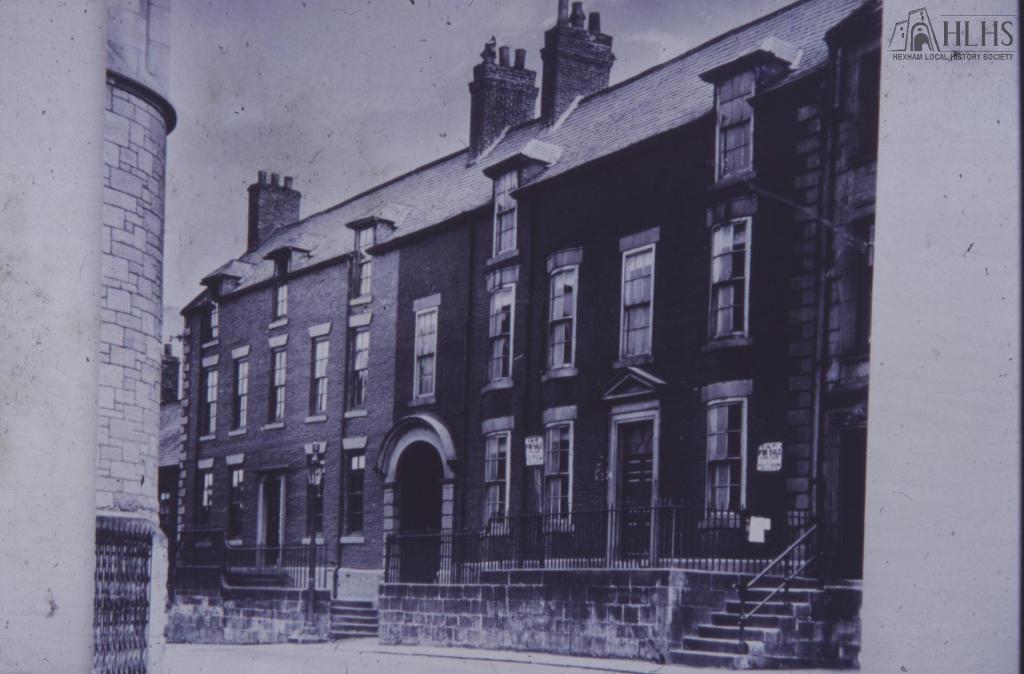
Figure 28: Courtesy of Hexham Local History Society
https://www.hexhamhistorian.org/historic-hexham/photograph-archive/photo-archive-choices/hexham-choices/streets-choices/battle-hill-gallery/
The photo below shows what happened o the left-wing of the entrance, it was demolished and a new post office and garden area were built in its place.

Figure 29: Courtesy of Hexham Local History Society
https://www.hexhamhistorian.org/historic-hexham/photograph-archive/photo-archive-choices/hexham-choices/streets-choices/battle-hill-gallery/
From what I can tell, the post office operated for about 40 years from this spot, and then it too was demolished in the late 1990s as well as the right-hand wing of the terrace where Gibson House was built in its place. Only the arched entranceway and the one-room above it survive.
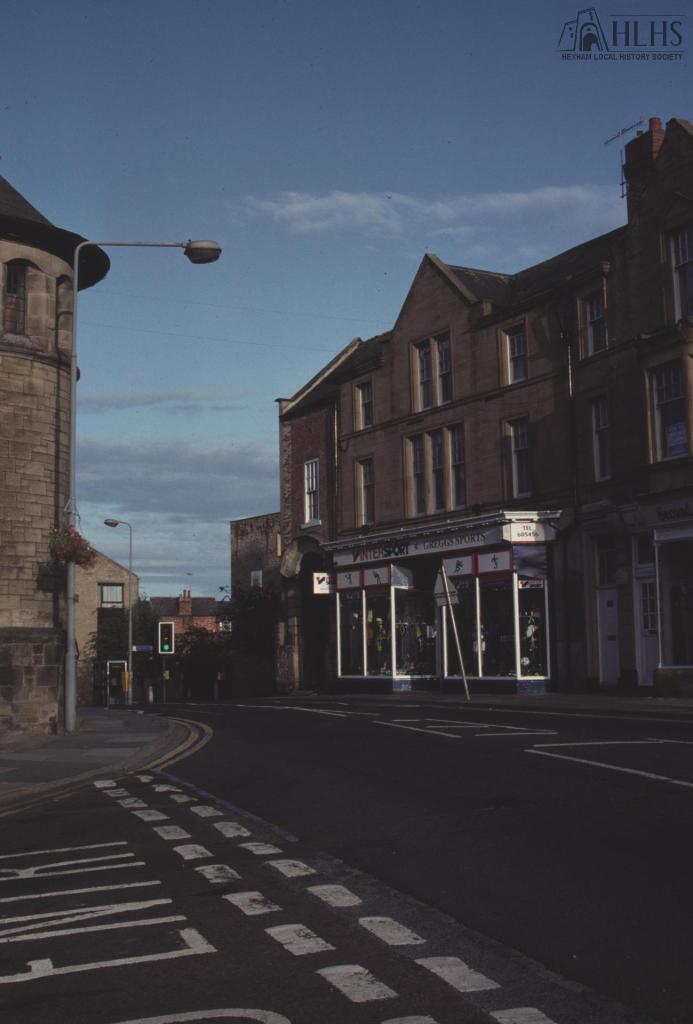
Figure 30: Courtesy of Hexham Local History Society
https://www.hexhamhistorian.org/historic-hexham/photograph-archive/photo-archive-choices/hexham-choices/streets-choices/battle-hill-gallery/

Figure 31: Courtesy of Hexham Local History Society
https://www.hexhamhistorian.org/historic-hexham/photograph-archive/photo-archive-choices/hexham-choices/streets-choices/battle-hill-gallery/

Figure 32: Courtesy of Google Maps

Figure 33: Courtesy of Google Maps
How amazing is that to be able to see the actual spot where the school was. I know we can’t pinpoint the exact spot, but the entrance to the terrace, I’ll take that. We are actually looking at part of the building that Janet looked at and would have walked through daily.
I am so lucky in this instance to be able to confirm these details. You may be thinking how can I be so certain? Well, there is a common link, the Gibson family. Remember the name of the building that rises on the spot of the right-hand wing of the terrace is called Gibson House.
If you look back at Judy Greenway’s original message you will note that she mentions a family by the name of Gibson. Well, the father of that family, John Gibson was a photographer of some renown and at the time and he and his wife had a son Wilfrid in 1879 who would go on to be a very famous English poet. This is Judy’s grandfather that she mentions in her message. It also happens to be the name that appears at the top of the census page (Figure 20) above the Battle Hill Ladies Seminary and Janet’s entry. Wilfrid is only two at the time.
In addition to this link, you might have spied a plaque on the outside of the archway in the photos above. It took me a while, but I found a close-up of the plaque, and it locks into place for me that this is the actual spot where Janet was living and working in the early 1880s.

Figure 34: Courtesy of wikiwand
https://www.wikiwand.com/en/Wilfrid_Wilson_Gibson
How random is that? And how wonderful it is to be able to connect this plaque with the Wilfrid Gibson named in the same census as Janet. I don’t think it is unreasonable to assume that as they follow each other on the census they are in the same building or at the very least next to each other. That is my reasoning anyway.
So after that small dive into Hexham, we are still in 1881, so let’s check in on the rest of the family, well some of them at least.
First off, here is George Lewins, William’s brother and his wife Darling, and their family.
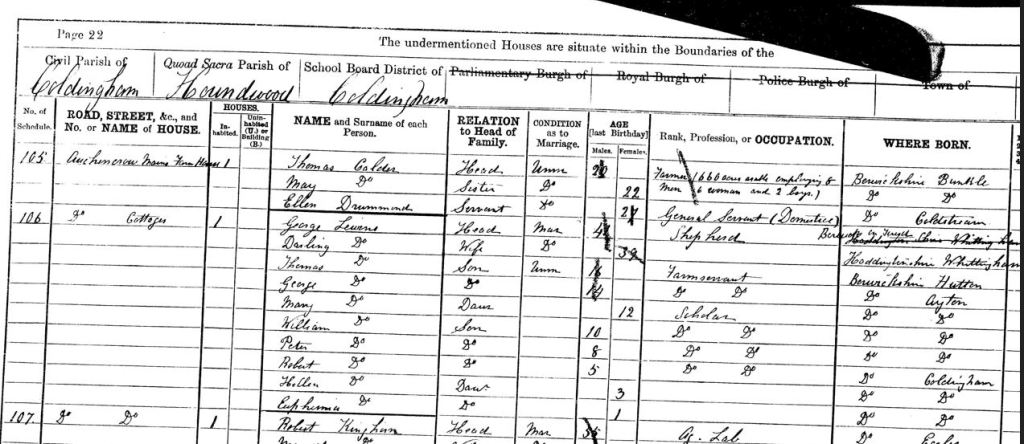
Figure 34a: Courtesy of Scotland’s People
At the time they were living in the Auchencrow Mains Cottages which today are now part of the Craw Inn. The Auchencrow mains Farm is still standing. And of course, Auchencrow Mains is where they were living for both the lost dog notice in 1875 and the birth notice in 1879 which I shared earlier in this post.
Google won’t let me into where the Farm House is situated, but I marked it with a blue cross on the Google map of August 2021 in the slideshow below.
Slideshow 5a: Auchencrow Mains Farm & Cottages, all images courtesy of Google Maps
Here is William’s sister, Isabella, and her family living at Cocklaw Farm Cottages. And yes, surprise, it is still standing. Just reminding you that it is Isabella’s husband James Haggarty that registers her mother’s death, Mary Lewins née Faggot in 1879.
Slideshow 5b: Cocklaw Farm Cottages
William’s other Sisters Margaret and Elizabeth are proving a bit harder to track down. I have no hits for Elizabeth at all but Margaret comes up with her marriage registration in 1858 to William Waites. They are both living at Crossrig Farm and marry there as well.

It is great to see the same details for Margaret’s parents that match with George and William’s marriage registrations. Thomas Lewens, Salmon Fisher & Mary Lewens maiden name Faggot.
I cannot find any census records for the Waite’s at all so that branch is closed at the moment. I did find the farm, Crossrig, and again this one is still standing too. Map and pics below. There is also, a great description of the property from a recent listing and a map from 1921 to show how close they were to New Mills where William was born, and where the family were living when Thomas, the salmon fisher, their father, passed away.
Slideshow 5c: Crossrig Farm, Hutton.
Now to Janet’s side of the family, here are her sisters, Margaret and Jane and their families. The other five siblings I haven’t delved into as yet, as they haven’t entered our research so far. I will let you know if I find anything out.

Figure 35: Courtesy of Scotland’s People
Lindean Farm House still stands today. I found it up for sale back in 2019 on a real estate website. Just to remind you this is my 2x Great Grandmothers sister, Margaret and her family.
Lindean Farm House
Slideshow 6: All images courtesy of On The Market
https://www.onthemarket.com/details/7580879/#/photos/37

Figure 36: Courtesy of Scotland’s People
This is Jane and her family. Check out where the Purves’s are living. East Gordon, ringing a bell? That answers our earlier question about Janet, Jane and Margaret’s dad, John, when he passed away in 1873, as to whether he was living with the Purves’s in Fairnington?
No, I don’t think he was. John’s death registration has his address at the time of his passing as East Gordon, the same as Jane and James in their census registration above.
I think John had probably moved from Nisbet Hill where he was living with Jane’s sister, Margaret Haldane and her family and moved to East Gordon with Jane, James and their family. Sharing the duties of looking after Dad by the looks of it. This fits with what we already know, the fact that it is James Purves his son-in-law who is registering his death. I like it when you can confirm the details.
You might recall I said ages back that my 2x Great Grandfather was about to make an appearance? Well, here he is. This was the next article that appeared to me from the archive.

Seriously, there are only so many times I can say, “oh this is amazing“. I’m overusing the phrase, but it is so true. This article is just bursting with details on my family.
This was something I had only really guessed at, that Janet came out with George and his daughter to Australia on their ship, the Helen Nicoll. I made this guess from this small little handwritten scratching on this incoming passenger list.

This is a huge assumption to make when you have no other information. I mean, you look at that name and ask, is it even Lewins? I didn’t know anything about the British Newspaper Archive at the time I found this passenger list, so I had no other way to confirm. Then years later to stumble onto this article that is so specific in confirming those details, I mean it mentions Janet’s father, where he works, who she is coming out to Australia with and what she will be doing here. I mean, so lucky, me, that is.
The big question for me now is, how the hell did they meet? Janet is working in Hexham, the ship is being built in Dundee, 163 miles to the north. I can’t imagine that the school is the link. Why would George put his daughter into a boarding school so far away from where his base of operations was in Dundee. Kinnaird Castle is only 26 miles to the north of Dundee, maybe that is the connection?
George and his daughter, Margaret, (Maggie) were in Scotland for 9 months or so overseeing the building of the ship. Maybe they spent time in the Deer Park in their leisure time and meet with William and Janet Lewins, Janet’s parents and they mentioned their daughter was not settling into her new position at Mrs Alexander’s Boarding School. That she had an opportunity at Eton House previous to that, but she had to leave because…..Oh! I want to know so badly, but I fear this information is definitely long buried.
Whatever the circumstances were, Janet and George’s meeting happened. It resulted in Janet moving halfway around the globe away from her family and would see her move from the governess position to wife within 18 months.
Here they are arriving in Launceston, Tasmania, on the way to Sydney.

How is that? All of them were named as well. I haven’t uncovered yet who Miss Johnson was. Perhaps a friend of Maggie’s or perhaps a cousin.
I found out the reason they went to Launceston before heading to Sydney. Apparently, Launceston was bursting with stock for export to the mainland at that time, and Bruce Baird Nicoll, George’s brother who was the agent for the Helen Nicoll, couldn’t get another ship down there from NSW. The story I have read is that he couldn’t get enough coal to service the journey and this was why the Helen Nicoll was diverted.

Figure 40: Courtesy of State Library of NSW

I have managed to uncover quite a bit of information on the ss Helen Nicoll and Janet and Georges journey out to Australia aboard her. I will share this in a Quick Glimpse post after we have finished with Janet and Williams story.
Talking of Janet becoming George’s wife, here is the notice from the local Brechin press. I wonder if Janet and William organised for its printing or did some local journalists think it was of interest enough for the local area.

There is a particular story that I have uncovered over the years of researching that leads up to this happy event taking place, but I will weave that into the story of their journey out on the Helen Nicoll as it fits into that timeframe perfectly.
This next article is just so out there and wonderful. Who knew that this was even a thing or worthy of printing up? But again what an insight into, in this instance William’s life.
Slideshow 7: All Images Courtesy of British Newspaper Archive
I can only imagine that every moment of their lives was dictated by the estate and what expectations came with that. That even in his downtime from being park-keeper of Kinnaird William is still representing the estate. I wonder if he even enjoyed curling?
In contrast, this next article gives us a very small look into one aspect of Williams professional role as the keeper.

The fact that sticks out for me is that he can actually trap and catch one of the stags. Here is another article in relation to William’s work. I only just discovered this one, so it is a little out of the timeline. It is from 1862, William and Janet had been married for four years.

I’m starting to get a bit of a picture here that William was one tough shepherd.
Thinking about the amazing amount of little slivers of information on William, Janet and the family that I have been able to uncover so far, the Brechin Advertiser article below is just cream on top. Once you read it you will see what I mean.
Slideshow 8: All Images Courtesy of British Newspaper Archive
I mean, to be able to confirm that Janet and George come back as a married couple to see the family is pretty amazing. And how wonderful that Janet Lewins, Janet Nicoll’s mother, is so involved, naming the ship and launching it. It is interesting to note William’s absence from the party. Was it that he was unable to get away from his duties at the estate, was he ill, was there some family rift that kept him away or did the reporter just simply forget to mention him in the article?
I don’t know who Mr and Mrs T Lewins, mentioned in the article, are either, which is frustrating. William had a brother Thomas, but all sources indicate that he died in 1852 at sea on a return voyage from the West Indies. I thought it might be William’s nephew, Thomas, son of George Lewins but he and his wife, Jessie Tait, don’t marry till 1889. Whoever it is, it is nice that they were family and involved.
A month from the launch here is an advert for passage out to Australia on the Janet Nicoll.

I found the notice for its departure, I wonder what the reasons were for its delay?

This is the first Janet and William would have heard about the ship’s journey, making port at Cape Town a month after the event.
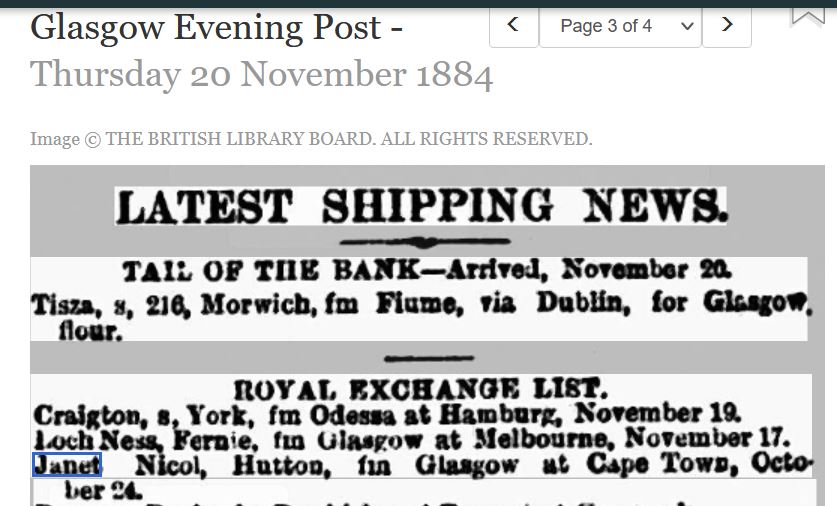
Here is a notice of their arrival just over two months later. So lucky to find them named in the passenger list and a real bonus to see a Miss Lewins noted. I’m fairly sure this will be Janet’s sister, Eliza Beatrice. She marries Alexander Allan 5 years later in Sydney. It is their daughter who acts as a bridesmaid for Janet in her second marriage to Edmund O’Connor, which I mentioned in a previous post.

I mentioned cream on top before, well this is another fine example of that. A description of the voyage out and subsequent plans after that from Melbourne for the Janet Nicoll and her sister ship the Bellinger. I know we are a step away again from Janet and William, but I know this journey would have been very important to them. It was carrying two of their daughters away from them and in all likelihood, never to be seen by them again.

I think we can safely assume that the Nicoll party probably made their way to Sydney via the Melbourne express train as the Janet Nicoll bypassed and headed straight to Newcastle.
Diverted again, now back to Janet and William once more.
The 9th Earl of Southesk James Carnegie was known for his passion for his highland cattle, breeding and combining different bloodlines to produce the finest herds. The article below highlights this very well and also confirms the trust he obviously had in William’s abilities to manage them.

The next couple of years is a bit thin in providing information about the family. Nothing comes up till 1887 with the marriage notice for William and Janet’s second daughter, Mary Constance.

I forgot to mention it to you earlier but have you noticed that both Mary and my 2x Grandmother’s second names are Constance? Now the name does not appear on their birth certificates, but they are referred to as that name in a number of different articles and sources. I have come up with another theory, this time on why the name of Constance.
You will recall that, Janet, William and the family are living at Kinnaird, the ancestral lands of the Earl of Southesk, their employer? Well, the Earl, James Carnegie has a daughter named Constance and I think she might be the source of the second name for both Janet and Mary.
As always, recognise I could be totally wrong, but I think it is nice to suppose that being Park Keeper and his family, probably gave them access to the home and the Carnegie’s and perhaps a strong bond developed between Janet and the Earl’s daughter and this was their way of honouring that bond.
I found a photograph of Lady Constance, which is wonderful. But again it is always the periphery of William and Janet’s world that comes into focus, not them, as yet.

Figure 44a: Courtesy of the Royal Collection Trust https://www.rct.uk/collection/2911781/the-countess-of-elgin-lady-constance-carnegie-second-daughter-of-the-earl-of
Another bit of random estate life was the next article to come to light.

Oh, I wish I could find some photographs of the night of this ball, how wonderful would that be.
Scotston proved a bit elusive. But I eventually found it about 20 miles northeast of Kinnaird just outside the town of Laurencekirk. I can find no mention of the granary but can only imagine it must have been impressive. If I have the location correct it looks like maybe one of the old farm building stands, but the sheds definitely look modern-day.
In the slideshow below I did the usual and provided a couple of maps for the area, one from 1888 and a Google Maps one from 2021.
Slideshow 9: Scotston, Aberdeenshire
This next article is another gift just hidden away for a century and a half. It not only gives us a clearer picture of William’s skills as a Stockman but also highlights again that he obviously had a major role in managing those herds. This would be a gem of a find by itself, but then it delivers us another amazing insight into the personal side of William, the man.
Slideshow 10: Courtesy of British Newspaper Archive
An artist of conspicuous ability, part of William’s rather uncommon order of accomplishments. What a turn of phrasing. How incredibly lucky is that? This writer has taken the time to give us this extraordinary detail on William personally. It is the usual story with me, the more I discover, the more I want to know. Like did William, Janet and the family ever see this? What did they think? I can only imagine they must have been over the moon with joy and pride if they did. I bet William probably shrugged it off gruffly but then privately was chuffed to bits.
I wish I could say to you that the picture of the cows above, was one of William’s collections of oils but alas it is not. It does however depict descendants of a cow from the Southesk herd that William would have been very familiar with, Erica. It is featured in James Hardy Sanders’ The breeds of live stock, and the principles of heredity (1887) as an example of the Southesk herd, so there is that link. Again, so close.
I have searched for hours using every trick I know to see if I could uncover a glimpse of a William original, bovine oil, but no luck.
Below, another example of normal daily life that we would recognise today. A mention of Ruth Rosamond Lewins and Herbert Naismith Lewins, Janet and William’s youngest children being awarded some academic achievement awards.

The following article is another example of William’s professional skills and the one following that is another tiny glimpse into the personal life of the man, as a dog breeder.

Figure 47: Courtesy of British Newspaper Archive

Figure 48: Courtesy of British Newspaper Archive
Slideshow 10: Courtesy of British Newspaper Archive
We have hit that mark again where I’m going to give you a break and split this Lewin’s family story into three parts. I still have heaps to share with you and the poor old Aitkmans, they haven’t even made a mention in part two. Sorry Aitkmans. I promise they are all ready to go in part three.
Thanks for reading and taking an interest in these long lost family members.

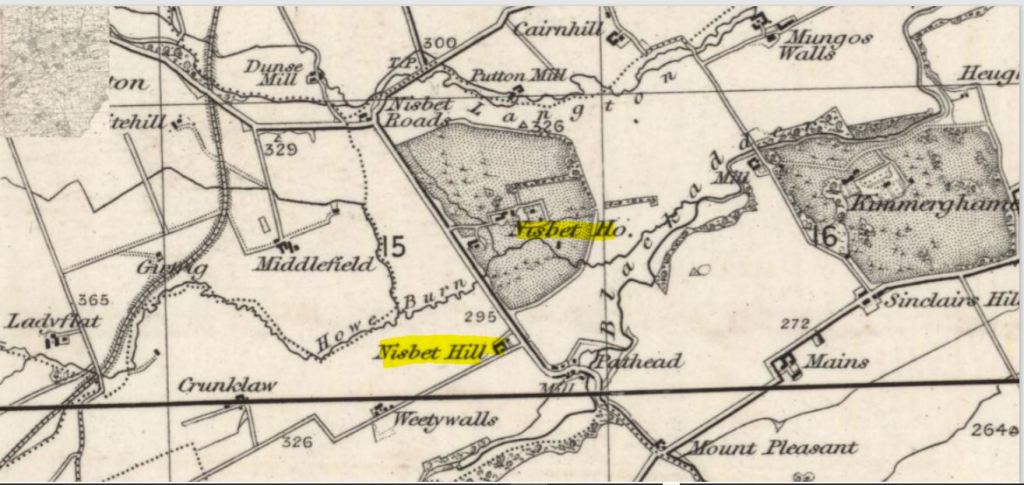
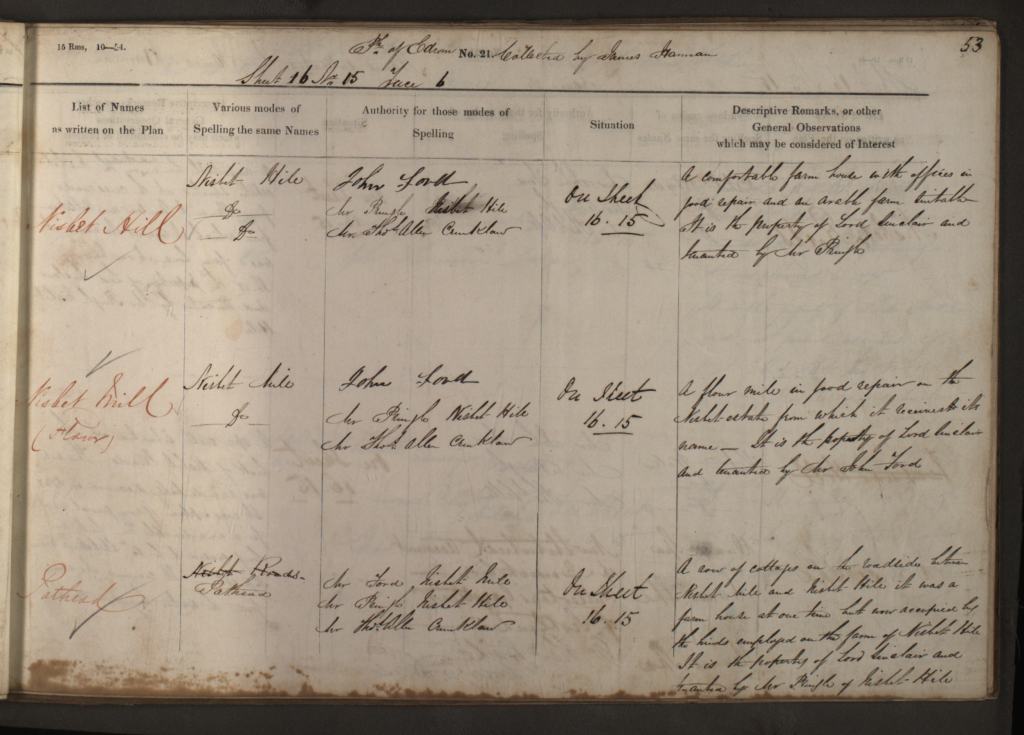










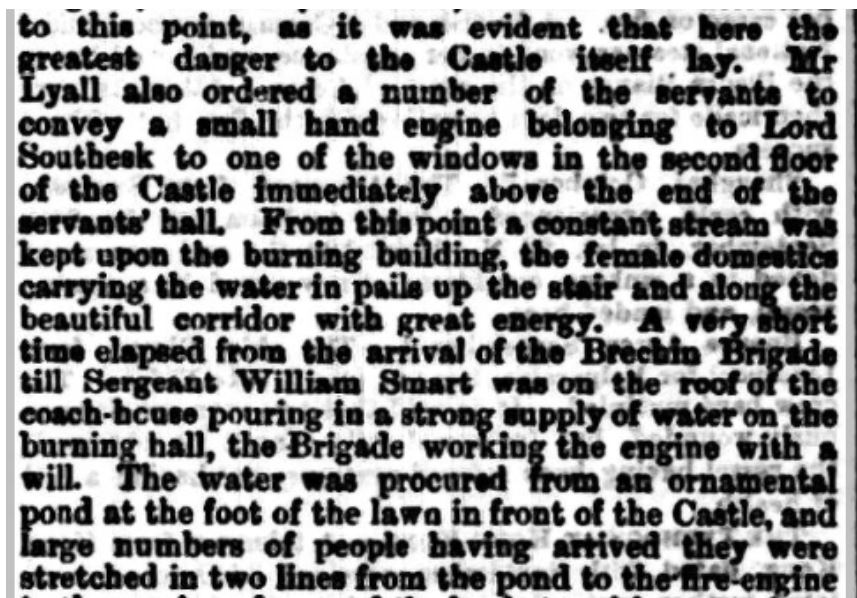
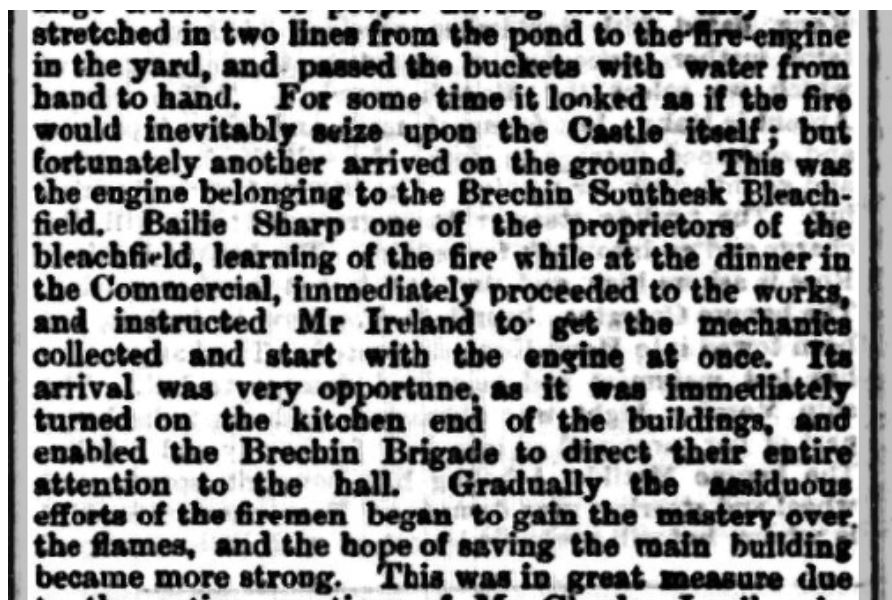







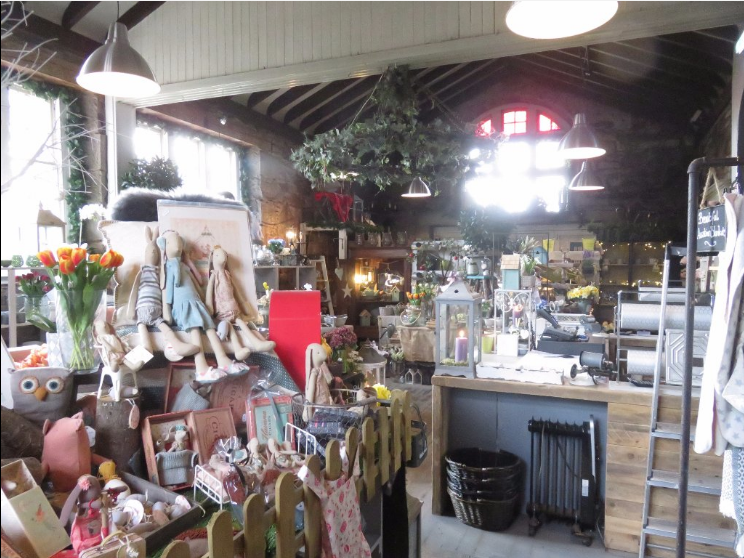


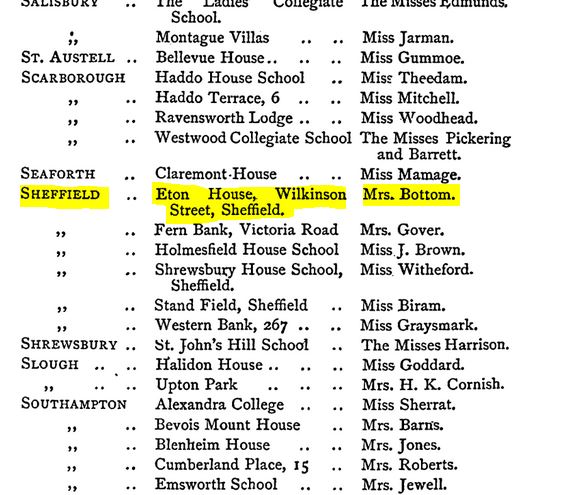










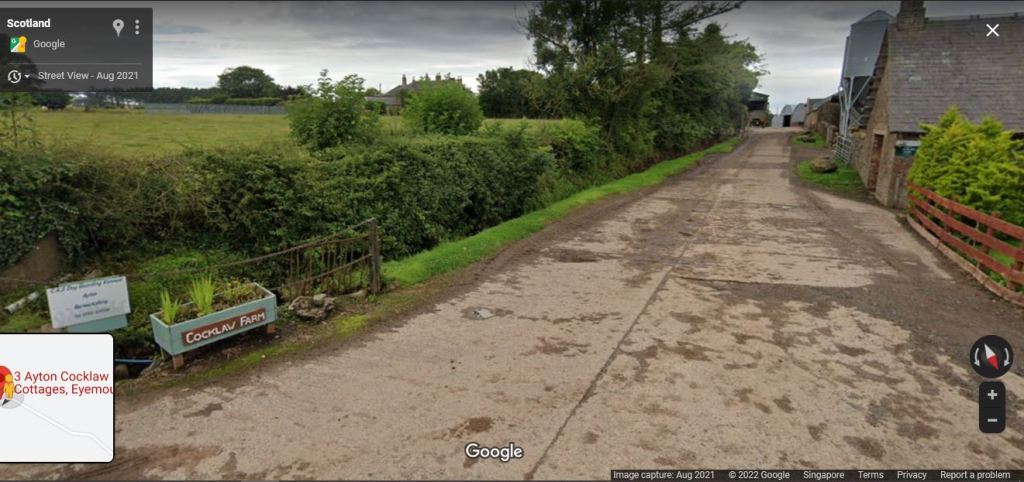





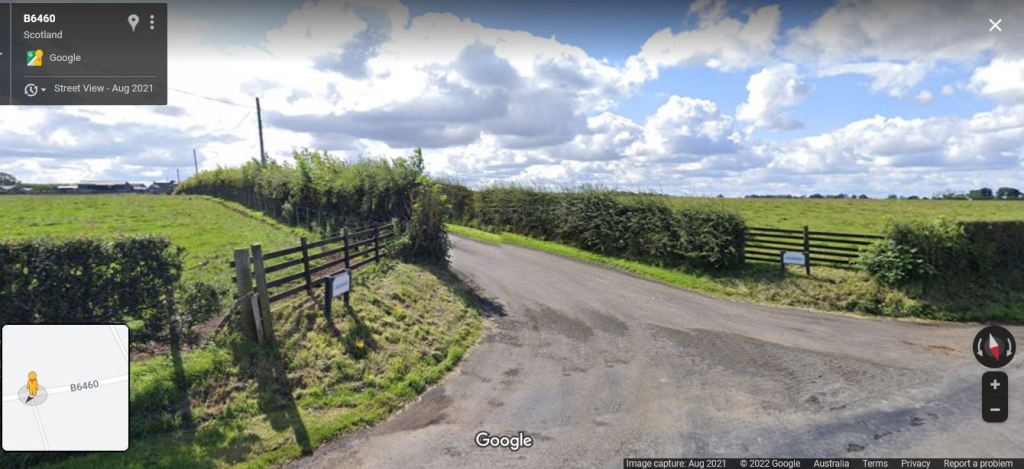

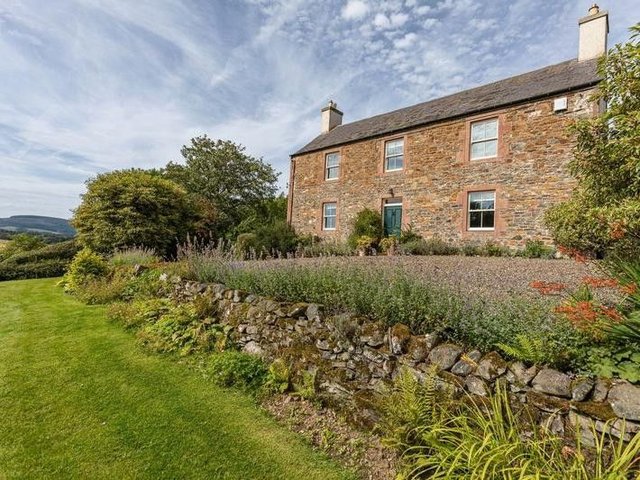
















Oh no, cut off in mid sentence. What happened? What comes after ‘I actually had f’……?
On Mon, 3 Jan 2022 at 02:39, JOHN’S FAMILY HISTORY wrote:
> John Macvean posted: ” My Three Times Great Grandparents, Janet Swanston, > William Lewins and their families. Hello, welcome back, hope you enjoyed > part one of William and Janet’s story. Now to pick up where we left off. As > you might recall, I mentioned that I had been o” >
LikeLike
Hi Kay, Happy New Year. Thanks for reading again. Not sure what you mean? Thinking that post didn’t go up properly. I have checked and it is all there from this end and I logged on as a reader and it was complete as well. It finishes with “Thanks for reading and taking an interest…” Please let me know if you are still having no luck. John x
LikeLike
I could read it OK, John.
Lots of fascinating leads to follow! Nowadays all that sort of detail is lost to posterity – for example, only children’s first names are only printed in local papers and school bulletins for fear of trolls and other creeps. And supposedly privacy settings on social media, emails, text messages, etc. will prevent people of the future from doing the sort of sleuthing you have been doing, John. Which behooves us all to make some sort of record ourselves! (Which I haven’t …)
You certainly have a lot of Scots in your tree! Many of the locality names in your account are familiar to me – Brechin, Forfar, Montrose – being the stamping grounds of Mum’s cousins (who all stayed in Scotland). Did you notice there was a Nichol in Forfar who also got a gong in the dog show – wonder if that was any relation. And there was a Coutts from Forfar in that list too – one of my great-grandmothers had Coutts in her name, so was probably a relative.
LikeLiked by 1 person
Hi Anne, thanks for letting me know you could read the post ok and thanks also for taking the time to read. Like the research for the Ballantyes, I have been so lucky with the amount of information I have found and the depth of info as well. I figure it was my parents generation who were the last with the official notifications. Alex and and none of siblings had birth announcements and certainly when we had the boys in early 2000s it was only in the local paper. So I think you are right, future generations wont have the same access as I have had. But I bet there will be some new way of accessing info that we dont even know about yet. And yes, you are also right about the Scots thing. The pastey white flesh is strong in me and I have to say I love my Scottish heritage.
LikeLike
So much info on Janet’s early life and family before Blink Bonnie! As always, the detail and confirmations are wonderful. X
LikeLiked by 1 person
Thanks my sweet, always love hearing your feedback. X
LikeLike